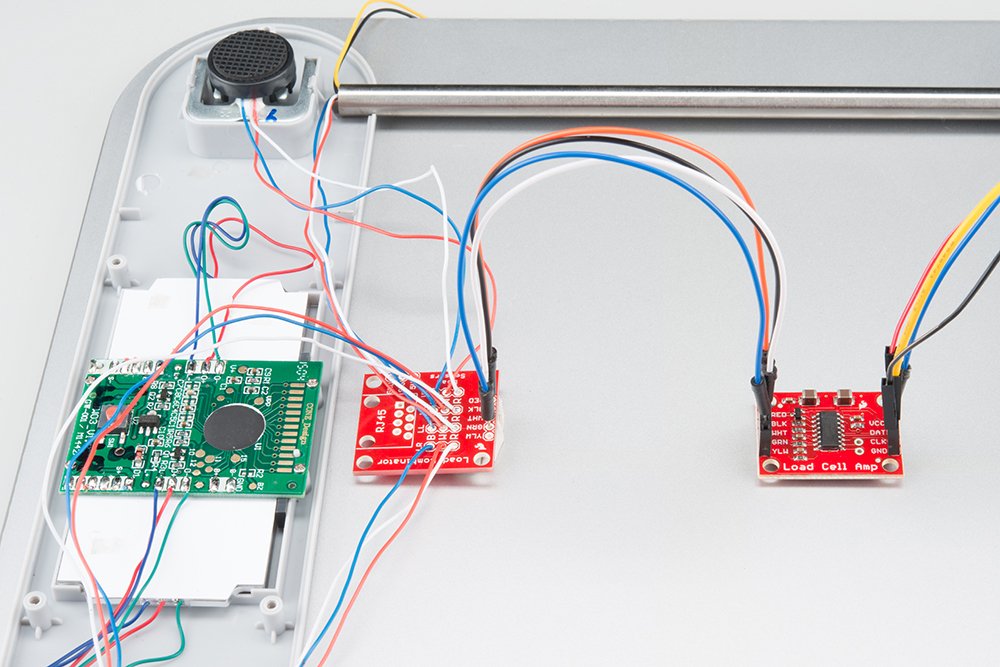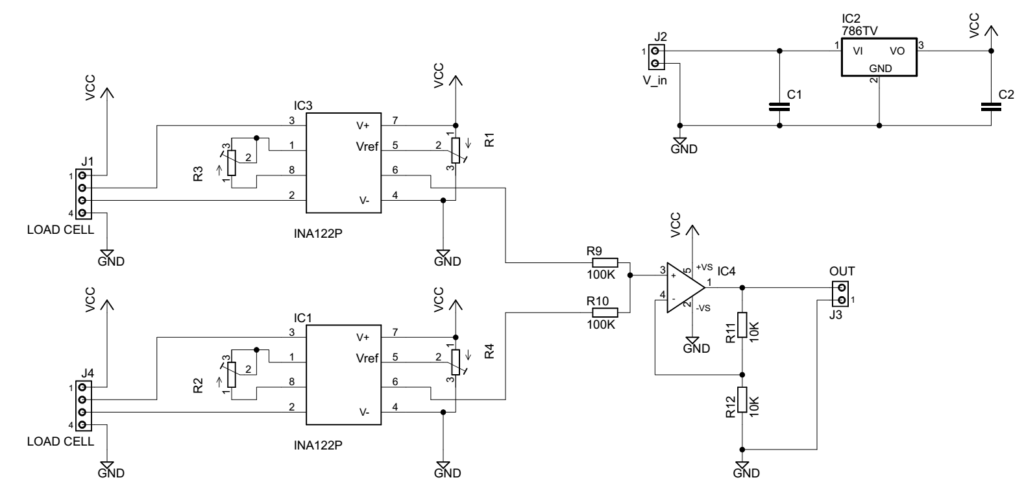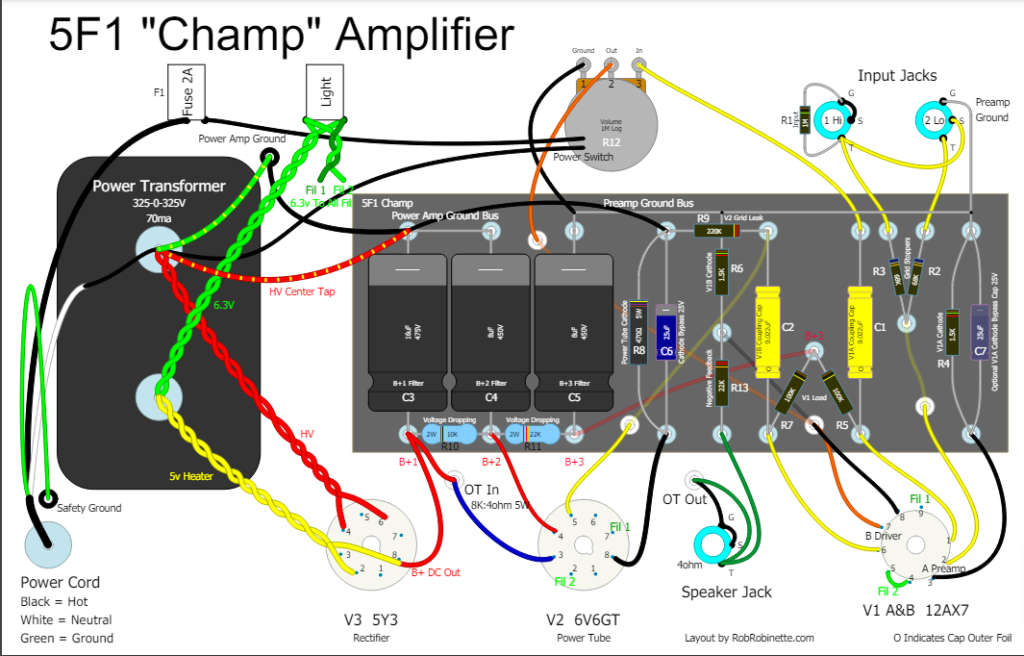Have you ever wondered how a load cell amplifier works? In the world of industrial applications and measurements, load cell amplifiers play a crucial role in accurately converting and amplifying the electrical signal generated by load cells. eTAZ systems In this blog post, we will dive deep into the inner workings of load cell amplifiers, uncovering the secrets behind their functionality and discussing their importance in various industries.
Understanding the Basics of a Load Cell
A device known as a load cell lies at the core of any measurement system involving force or weight.
This transducer is pivotal in converting the mechanical force applied to it into a quantifiable electrical signal, thereby acting as the primary source of data for various measurement and control systems. The fundamental principle of a load cell revolves around its construction, which usually features a strain gauge.
The designer meticulously bonded this strain gauge to a flexible metal part that deforms when force is applied.
As the metal flexes under load, the strain gauge, which is essentially a thin, electrically conductive wire or foil, stretches or compresses along with the metal. This physical change alters the electrical resistance of the strain gauge in a manner directly proportional to the force applied. This variance in resistance is what generates the electrical signal.
The Role of the Load Cell Amplifier

The load cell amplifier primarily elevates the weak electrical signal emanating from a load cell, enhancing it to a level that can be easily measured and analyzed.
This weak signal, a direct result of the physical changes in the strain gauge due to applied force, is too minute for accurate data interpretation without amplification. Beyond mere amplification, the load cell amplifier intricately conditions the signal. This involves a series of crucial adjustments, including filtering out electrical noise that could distort readings, and implementing offset corrections to align the signal accurately with real-world measurements. Additionally, the amplifier plays a pivotal role in calibration, adjusting the signal to match predefined standards for precision in measurement.
The Working Principle of a Load Cell Amplifier
At its heart, the operational essence of a load cell amplifier is signal enhancement.
The electrical signal, born from the strain gauge’s reaction to force, introduces itself into the amplifier’s circuitry.
Here, the signal is not just amplified but undergoes a transformative process. Initially, the signal’s magnitude is too low for effective analysis or use in control systems, making the first step of amplification critical. However, the process doesn’t stop at merely boosting the signal’s strength.
The amplifier also engages in signal conditioning, a sophisticated series of adjustments tailored to refine the signal for optimal performance.
The essential task of filtering systematically removes unwanted electrical noise, which could potentially distort the accuracy of the data.
Furthermore, the amplifier adjusts for any offset errors, ensuring that the amplified signal aligns perfectly with real-world force measurements, eliminating discrepancies that could lead to inaccuracies.
Additionally, calibration plays a pivotal role in this stage, with the amplifier making necessary adjustments to match the signal to established measurement standards. This step ensures that the output not only reflects the true magnitude of the force applied but does so with a degree of precision essential for reliable data analysis and application in a wide range of industrial settings. Through these critical processes, the load cell amplifier meticulously prepares the signal for further processing, ensuring that the transition from physical force to electronic data is both seamless and accurate.
Types of Load Cell Amplifiers
The variety in load cell amplifier design caters to a wide array of applications, each with unique demands regarding data acquisition speed, accuracy, and the complexity of the load measurement system. Key variants include single-channel amplifiers, ideal for simple, single-load cell setups where compactness and simplicity are paramount. Multi-channel amplifiers, on the other hand, allow for the integration of multiple load cells into a cohesive system, crucial for complex measurements and ensuring balanced load distribution across various points.
Designers create high-speed amplifiers to meet the needs of applications that demand rapid data processing, such as dynamic force measurement scenarios where speed is crucial. Precision amplifiers excel in situations where the smallest details of data accuracy must remain uncompromised, providing improved signal stability and accuracy for critical measurements.
Applications of Load Cell Amplifiers in Industries
In the diverse world of industry, load cell amplifiers are integral to ensuring precise and reliable measurements across a spectrum of applications. In the automotive sector, their importance cannot be overstated, especially when it comes to safety testing. Here, they are pivotal in gathering accurate force data from crash test dummies, providing insights that are critical to enhancing vehicle safety. The aerospace industry, with its stringent requirements for precision, relies on these amplifiers to monitor the stress and force on aircraft components, playing a vital role in both development and maintenance processes.
Manufacturing facilities leverage load cell amplifiers in both quality control and process monitoring, ensuring that products meet rigorous standards of strength and functionality. These systems enable the precise measurement of forces and weights, essential for maintaining consistent production quality and efficiency. In the realm of healthcare, load cell amplifiers contribute to the innovation and reliability of medical devices, from patient scales to advanced surgical instruments, where accuracy is paramount for patient care and outcomes.
Beyond these, material testing equipment across various sectors depends on the enhanced and conditioned signals provided by load cell amplifiers to assess the durability and performance of materials under stress. This wide-ranging application of load cell amplifiers underscores their versatility and critical role in advancing industrial capabilities, ensuring safety, and fostering innovation across numerous fields.
Challenges and Solutions in Load Cell Amplifier Design

Navigating the design of load cell amplifiers involves addressing several technical hurdles. Among these, minimizing signal interference and noise stands out as a critical concern. Ambient electrical noise can significantly degrade the quality of the signal being amplified, necessitating the use of sophisticated filtering techniques to isolate and amplify the true signal. Additionally, temperature fluctuations pose a unique challenge, as they can alter the resistance of the strain gauge, thereby affecting the signal’s accuracy. To mitigate this, amplifiers are often designed with temperature compensation features that adjust the signal based on the detected temperature changes, ensuring stable performance across a range of environmental conditions.
Calibration issues also present a significant challenge in amplifier design. Ensuring that the amplified signal accurately reflects the applied force requires precise calibration of the amplifier. This is often achieved through the use of advanced digital signal processing techniques and microcontrollers, which can automate the calibration process and adjust the amplifier’s output in real-time to match predefined standards.
By integrating these solutions, engineers can create load cell amplifiers that not only overcome these challenges but also provide reliable and accurate performance essential for a wide range of industrial applications.
FAQS
In this section, we address some frequently asked questions regarding load cell amplifiers to further clarify their functionality and application.
Q: How does a load cell amplifier work?
A: A load cell amplifier works by taking the low-voltage electrical signal produced by a strain gauge in a load cell and amplifying it to a higher voltage, making it easier to read and interpret. It also conditions the signal by filtering out noise and correcting for offsets, ensuring the output is accurate and reliable for measurement and analysis purposes.
Q: Can a load cell amplifier work with any type of load cell?
A: While load cell amplifiers are designed to be broadly compatible with various types of load cells, specific amplifiers may be better suited to certain load cell models or types depending on the required sensitivity, range, and signal output. It’s crucial to match the amplifier to the load cell’s characteristics for optimal performance.
Q: How important is calibration in the operation of a load cell amplifier?
A: Calibration is vital in the operation of a load cell amplifier. It ensures that the amplifier accurately reflects the force applied to the load cell, matching it to known standards. Proper calibration guarantees that the measurements are precise, which is critical in applications requiring high levels of accuracy.
